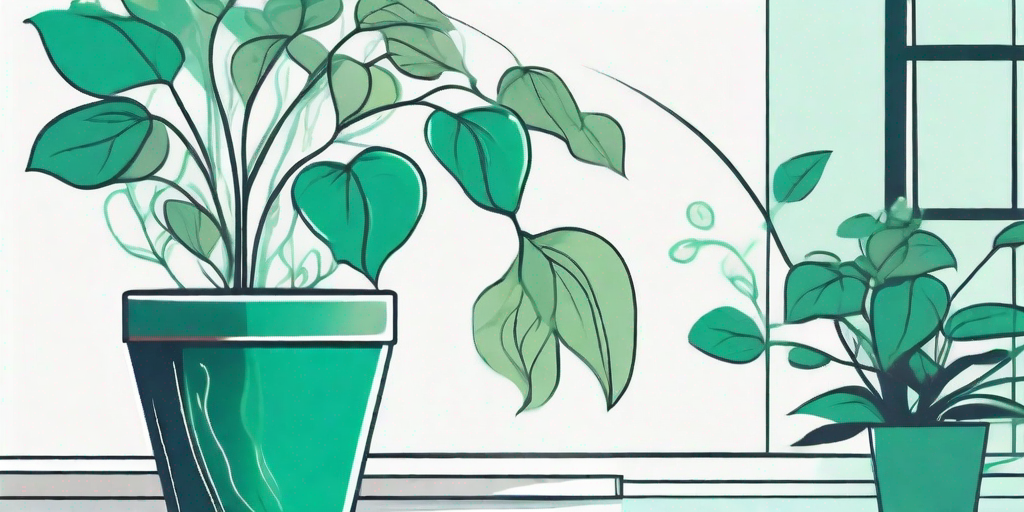
Welcome to the world of home gardening, where the magic of nature meets the comfort of your own backyard. Today, we're going to talk about beans. Yes, you heard it right. Beans! Those little green gems that are not only tasty but also packed with nutrients. But we're not just going to talk about any beans. We're going to talk about growing beans at home. So, put on your gardening gloves, grab your watering can, and let's get started.
Why Grow Beans at Home?
Before we dive into the how-tos, let's first address the why. Why should you grow beans at home? Well, for starters, home-grown beans are fresher, tastier, and healthier than the store-bought ones. They're free from harmful pesticides and chemicals, and they're packed with more nutrients.
Secondly, growing beans at home is a fun and rewarding hobby. It's a great way to spend time outdoors, get some exercise, and relieve stress. Plus, there's nothing quite like the satisfaction of harvesting your own beans and cooking them up for dinner.
Lastly, growing beans at home is good for the environment. It reduces the need for transportation and packaging, and it helps to improve the soil in your garden. So, by growing beans at home, you're not only feeding yourself but also helping to save the planet.
Choosing the Right Beans for Your Garden
Now that we've covered the why, let's move on to the what. What type of beans should you grow in your garden? Well, that depends on your personal preference and your garden's conditions. There are hundreds of varieties of beans out there, each with its own unique taste, texture, and growing requirements.
Some popular choices for home gardens include green beans, lima beans, black beans, and kidney beans. Green beans are easy to grow and quick to harvest, making them a great choice for beginners. Lima beans, on the other hand, require a bit more care and patience, but their buttery flavor is well worth the effort.
Black beans and kidney beans are both types of dry beans, which are harvested when the pods are fully mature and dry. These beans are perfect for soups, stews, and chili, and they can be stored for a long time.
How to Grow Beans at Home
Step 1: Prepare the Soil
Beans prefer well-drained, fertile soil with a neutral pH. Before planting, prepare the soil by removing any weeds or rocks and adding some compost or organic matter to improve its fertility and drainage.
It's also a good idea to test the soil's pH. Beans prefer a pH between 6.0 and 7.0. If the pH is too low (acidic), you can add some lime to raise it. If it's too high (alkaline), you can add some sulfur to lower it.
Step 2: Plant the Beans
Beans should be planted in the spring, after the last frost has passed and the soil has warmed up. To plant the beans, dig a hole about 1 inch deep, place the bean in the hole, and cover it with soil. The beans should be spaced about 2 to 3 inches apart.
After planting, water the beans thoroughly and keep the soil moist but not waterlogged. Beans don't like to have their feet wet, so be careful not to overwater.
Step 3: Care for the Beans
Once the beans have sprouted, they require little care. Just make sure to water them regularly, especially during dry spells, and keep the area free of weeds.
Beans are self-pollinating, so they don't need bees or other insects to produce fruit. However, they do benefit from a bit of support. A simple trellis or stake can help to keep the plants upright and make the beans easier to harvest.
Harvesting and Storing Your Beans
Beans are ready to harvest when the pods are firm and fully developed. To harvest, simply pick the pods from the plant. Be gentle to avoid damaging the plant or the beans.
After harvesting, beans can be eaten fresh or stored for later use. Fresh beans can be kept in the refrigerator for about a week. For longer storage, beans can be canned, frozen, or dried.
Frequently Asked Questions
How long does it take for beans to grow?
It depends on the variety, but most beans are ready to harvest in 60 to 90 days.
Can I grow beans in a pot?
Yes, beans can be grown in pots. Just make sure the pot is large enough and has good drainage.
Do beans need a lot of sun?
Yes, beans need at least 6 hours of direct sun each day.
Conclusion
So there you have it, a comprehensive guide to growing beans at home. As you can see, it's not as hard as it might seem. With a bit of preparation and care, you can have a bountiful harvest of fresh, tasty beans right in your own backyard. So why not give it a try? You might just find that growing beans is your new favorite hobby.











